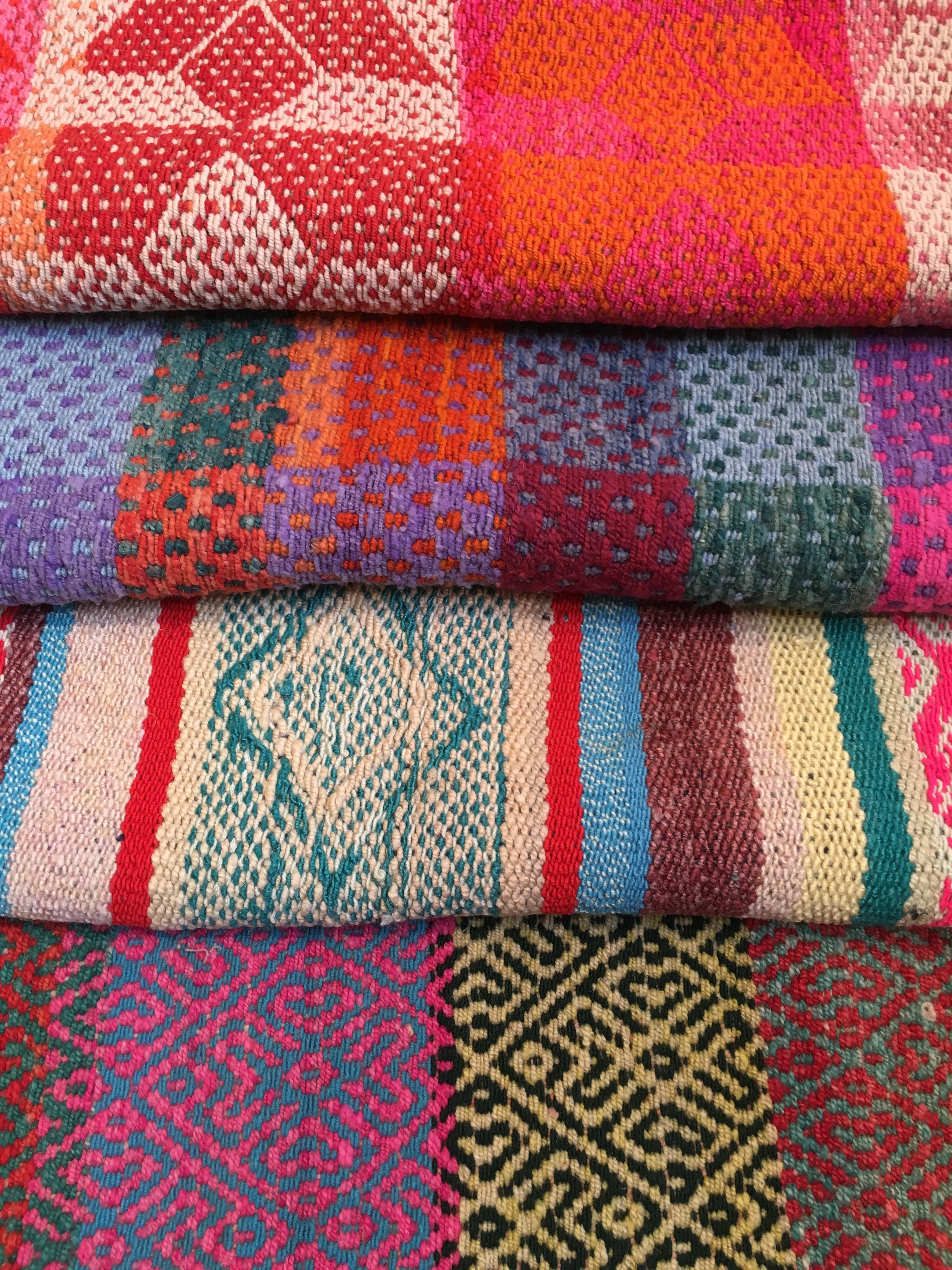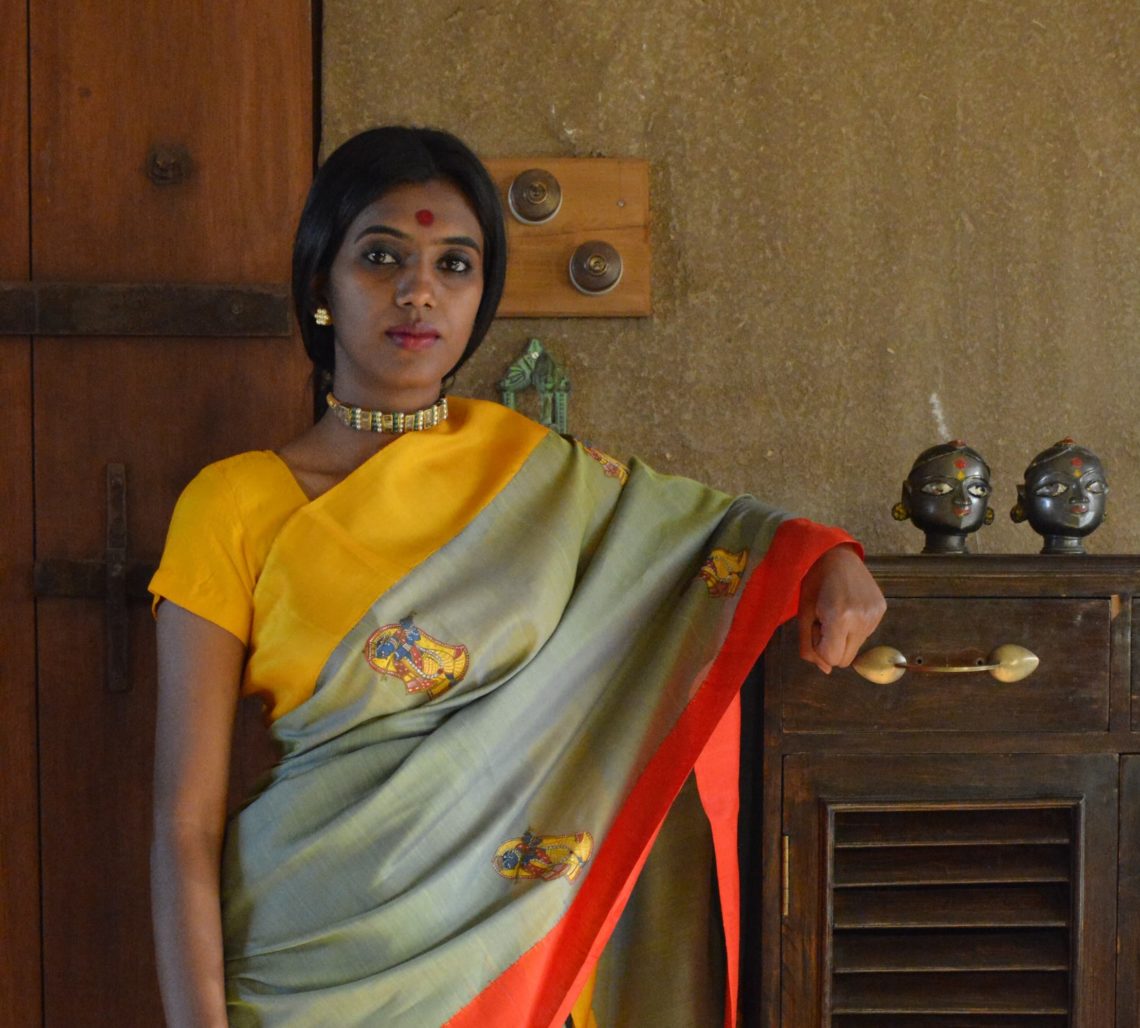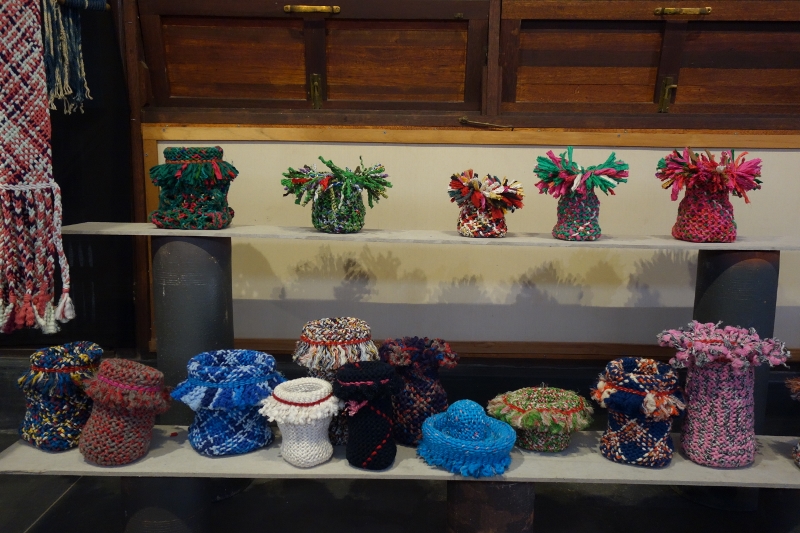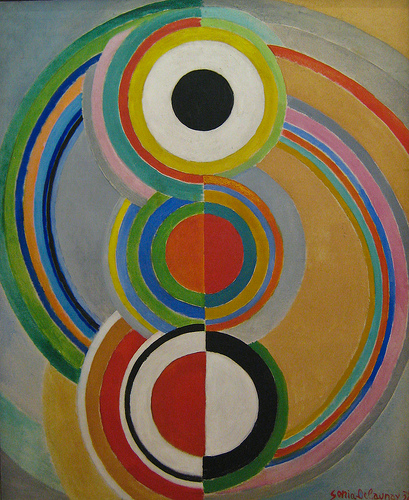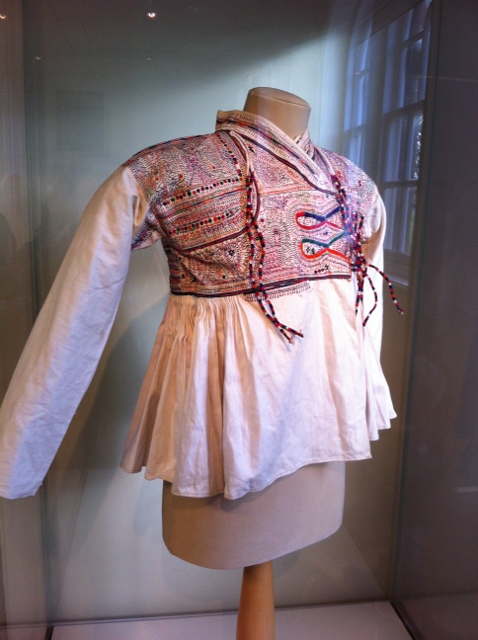I was delighted to receive the TSA Student award to attend and present my research at the biennial symposium which this year was held in Vancouver, Canada. It was my first TSA symposium and first visit to the city and I was impressed with the attention to detail in the organisation and schedule, and the variety of inspiring, thought provoking and quality papers by scholars and practitioners responding to the symposium theme ‘The Social Fabric Deep Local to Pan Global’. Many of the papers and keynotes did well to respond to issues relevant to the locality of Vancouver, such as decolonisation, reconciliation of First Nation communities and the repatriation of…
-
-
Review: London Antique Textiles Fair
The Textile Society’s Antique Textile Fair which was held at Chelsea Old Town Hall on Sunday 4th October had its usual vast treasure trove of textile delights. I’ve gathered some images and stories of a few of my favourites here: The featured image above is of some vintage Frazadas from Peru. Sue Richardson of Gallery 196 tells me these pieces are made and used in the Andes as blankets or rugs to keep the chill out. They take up to 3 months to make and are traditionally woven by hand on a back strap loom in two pieces, which are then decoratively sewn together and edged. Alongside these Gallery 196 have many much-loved kantha quilts, embroidered…
-
Contemporary Gadwal Saris by Vinay Narkar
Gadwal is a small town in Telangana, Andhra Pradesh. It has long history of handlooms. The Gadwal sari has strong links to the Kornad saris of south India, which Kanchipuram is most well-known for today. Both share similar techniques and designs including the interlocked weft technique used for the borders. The kundi technique used in the Ilkal sari that I have discussed in a previous post, also shares close similarities, and as Vinay mentions below, belongs to the same group of saris as those from Solapur, Vinay’s home town. Gadwal saris, like many across India usually carry a temple design locally known as a reku. Local women often wear the…
-
Review: Tang Ke Sang – Traditional and Contemporary Ply-Split Braiding
Two exhibitions are currently being held at Khamir in Kukma village near Bhuj, Kutch. Read about Rohi: stories of the shoemakers of Kutch here. The second exhibition is Tang Ke Sang which showcases the unique and characterful ply-split braiding technique traditional to North West India, in the form of both traditional items and innovative interpretations by renowned maker Erroll Pires. History and technique The ply-split braiding technique, locally called ‘guthna’ as the English name suggests, involves splitting the ply of wool or cotton chords and interlacing them to create a very strong fabric. This fabric is therefore perfect for camel girths, harnesses and decorations which are made using this technique chiefly in North West…
-
Review: Stories of the shoemakers of Kutch
Above image: Artisans viewing the Rohi exhibition. Photo Courtesy of Khamir. Whilst I was in Kutch, I managed to see two excellent exhibitions at Khamir, a resource centre for the support and promotion of crafts in Kutch. Khamir’s serene and beautifully architectured campus which reflects the traditional buildings and village layouts of Kutch is situated at Kukma village 15 km from Bhuj city. As well as exhibitions on the local arts of Kutch which are easily accessible to the artisans involved as well as visitors and tourists, Khamir runs documentation and research projects, works with designers to create new craft based products and facilitates trade. The name of the current…
-
Sonia Delaunay at the Tate Modern
The recent exhibition at the Tate Modern was a huge and comprehensive retrospective of Sonia Delaunay’s vast and successful career as an artist, textile designer, costume designer, interior designer and painter. She is known for her vibrant, rhythmic and colour-filled paintings that captured and celebrated urban life, travel and the culture that inspired her. Sonia Delaunay was born in 1885 in Odessa. She attended the Art Academy in Karlsruhe in 1904, and two years later moved to Paris to study at the Academie de la Palette. The exhibition starts with Sonia’s early paintings – mainly portraits, which show a strong Paul Gauguin influence. The bold lines and vibrant colours defied the…
-
Textiles, Language and Metaphor
Textiles are closely connected with us as human beings and our surroundings. Indeed we rely on them to survive, for warmth and shelter. The processes, materials and qualities of textiles provide metaphors to describe the society we’re in as well as symbolising and holding affinity with important life processes. Textiles as language can be explored through history, etymology and metaphor. The metaphors of spinning appear regularly in the ancient Hindu texts including the Vedas, Upanishads explained by Puntambekar and Varadachari in their book Hand-Spinning and Hand-Weaving (1926). ‘When the poet sings his invocation to Agni, he asks of the gods “to spin out the ancient thread”. The continuity of life itself and of…
-
Made in Mexico: The Rebozo in Art, Culture and Fashion
Made in Mexico, the Rebozo in Art, Culture and fashion at the Fashion and Textile Museum in London displays the traditional woven shawl or scarf of Mexico in a variety of contexts and designs. The exhibit fits well with the distinctive vibrant and colourful style of founder Zandra Rhodes and the building’s fuscia pink exterior. I’ve always loved the textiles of Mexico and so was keen to see what this exhibition had to offer. Embedded in the humble rebozo is the rich culture of Mexico and the story of the person wearing it. It reflects the long and rich history of Mexican textiles that date back hundreds of years before the Spanish conquest,…
-
Paisley and the Pashmina
On my way back from a recent trip to Scotland, I stopped in Paisley near Glasgow to visit its Museum which features a permanent exhibition on what the town is most famous for – shawl weaving. The well known Paisley pattern was named after the small town near Glasgow that adopted the tradition of weaving Paisley Pashmina shawls, providing a cheaper version of the shawls being brought from Kashmir by the East India Company and later by soldiers returning from the colony. Manufacturers caught on to the huge popularity in Britain. Paisley was not the first to start weaving these shawls, Norwich was the first to produce the shawls followed…
-
The traditional kediyun of Kutch – A review of LOkesh Ghai’s research
I have been following LOkesh Ghai’s research for his MA at Manchester Metropolitan University with zeal since we crossed paths at the University as I was completing my MA and he beginning his. LOkesh has a rich and varied career, graduating from National Institute of Fashion Technology in Gandhinagar, Gujarat, running his own textile design practice, teaching at Kala Raksha Vidhyalaya in Kutch, and in the last few years, taking part in various artist residencies in the UK. I have previously written about his first exhibition at Platt Hall Costume Gallery as part of the Global Threads and Cotton Exchange projects in Manchester. Before that, in 2011 Lokesh produced work for the…

